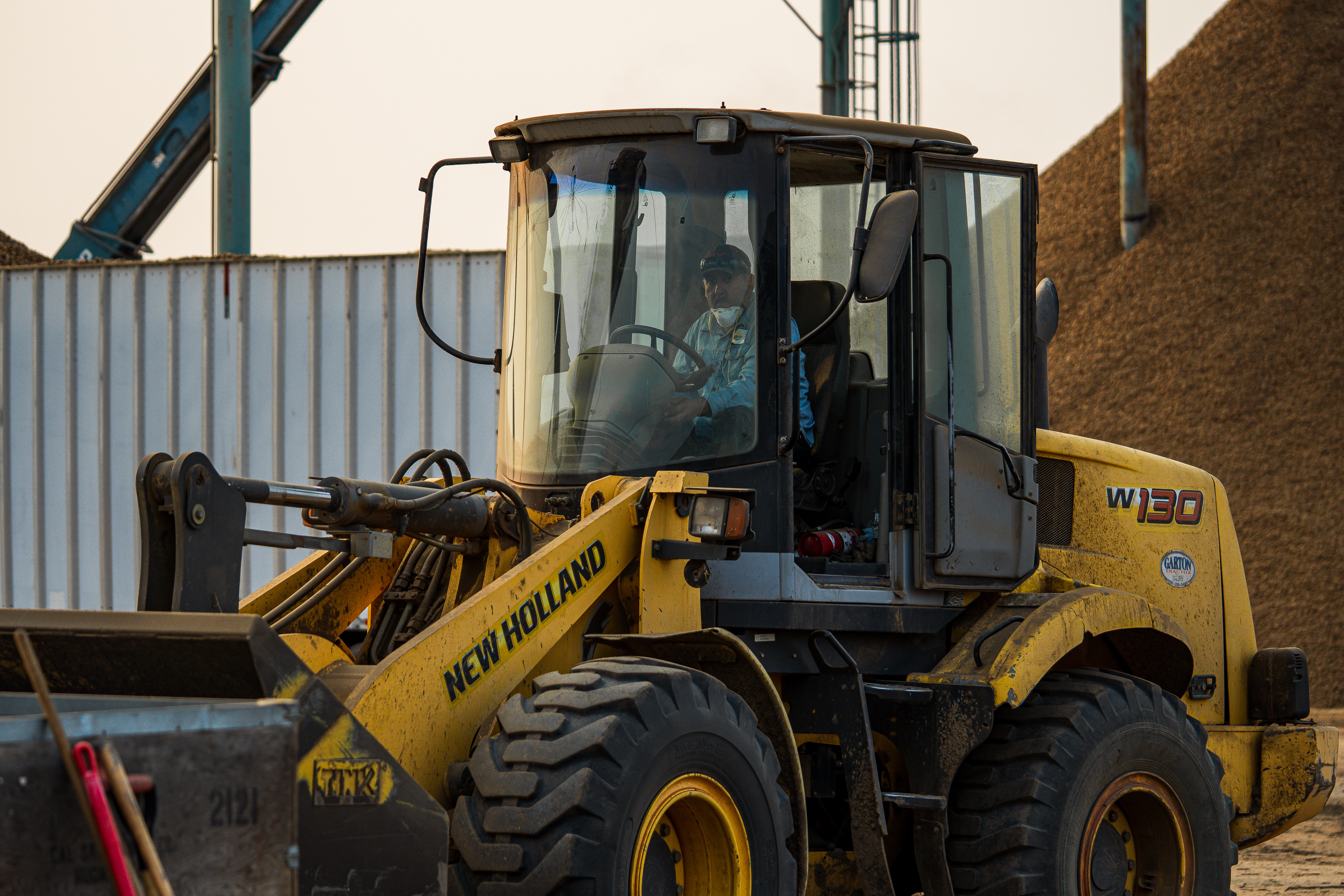This has been another rough fire season in California, with blazes up and down the state that have destroyed millions of acres of timberland, caused billions in property damage and fouled the air.
And though the calendar may say October, we’re not out of the woods yet.
For many almond growers in the Central Valley, fires over the last several years have strengthened concerns about air quality and refocused attention on how to protect themselves and their employees when working safely outdoors becomes an issue.
On Sept. 27, Gov. Gavin Newsom signed AB 73, a measure adding farmworkers to the list of essential workers who can access N95 masks from a new state personal protective equipment (PPE) stockpile. The measure seeks to ease supply bottlenecks when the air quality reaches a hazardous threshold from wildfire smoke. The demand for N95 masks has been exacerbated by the COVID pandemic.
The bill also allows for the formation of a Cal/OSHA wildfire strike team. Under the bill, the team will travel to impacted regions and investigate protection requirements on ag operations and distribute safety guidelines to farmworkers.
Currently, employers are required to monitor their local Air Quality Index (AQI) under the Wildfire Smoke Regulation established in 2019. Anytime the index exceeds the limit for PM 2.5 – a measurement of tiny airborne particles that can harm the lungs – N95 masks may be required, and outdoor work could be halted or limited.
Fortunately for growers worried about complying with the rules, there are some easy-to-access resources developed by AgSafe that cut through the confusion. In just a few keystrokes, growers can quickly connect to their local air pollution control district to find up-to-the-minute air quality readings, learn where the required masks are available, read summary sheets in English and Spanish about how to protect workers, and access training videos that can be shown to employees.
Several sizeable blazes still are burning, including the KNP Complex fire southeast of Fresno and the Windy fire east of Porterville. Growers in the Southern San Joaquin Valley should be paying attention to air quality in their region and ensuring they have the proper masks for themselves and their employees.

